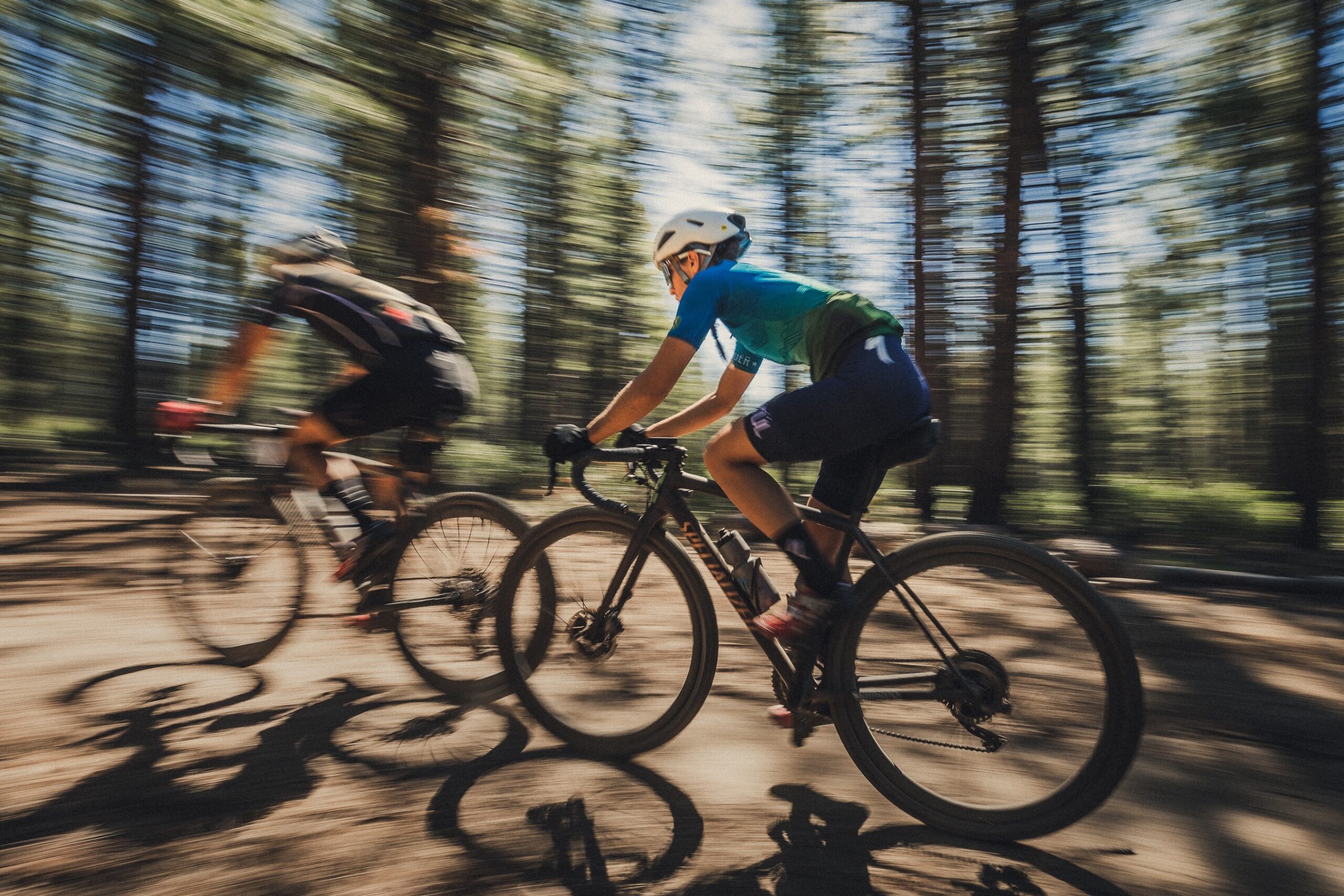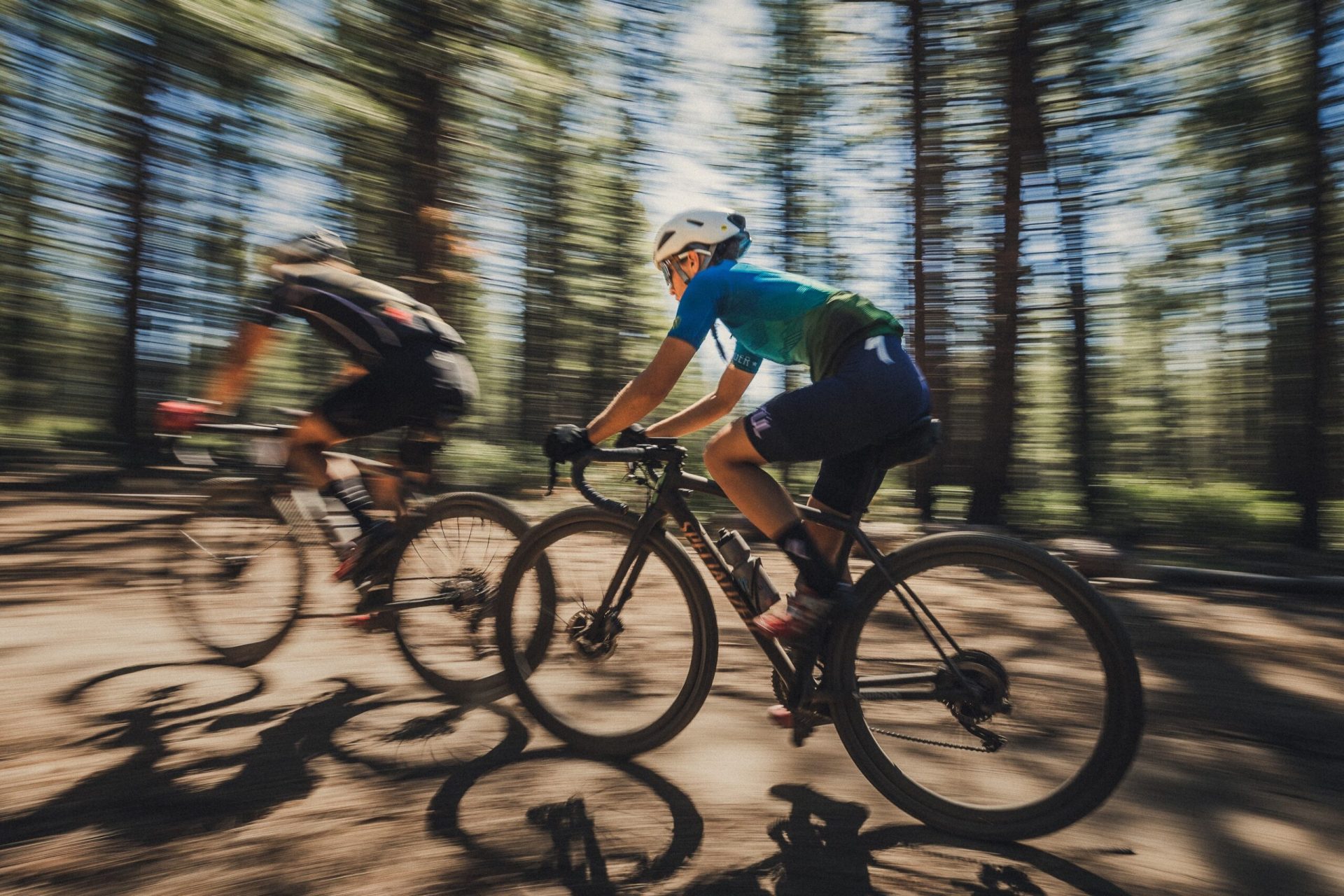
High cadence can be a very subjective matter. While one may say that pedaling at 80 rpm is an extremely high cadence, a track sprinter may say that 240 rpm is a high cadence. Whatever your view of “high cadence” may be; the importance of incorporating high cadence drills into your training repertoire does not change.
Why High Cadence?
Ride at varying cadences is a variable we are able to use to dramatically affect both our physiological and muscular efforts. For example, a watt is not just a watt. If you were to pedal 200 watts at an rpm of 40 vs 100 or 120 rpm, the effects on your body are drastically different. The 40 rpm effort produces a much higher muscular strain vs the physiologic strain. Whereas the 100 or 120 rpm effort produces the opposite: low muscular strain, but a high cardiovascular response. Higher cadences produce a higher heart rate, breathing rate, respiration rate, etc. While lower cadence increases our muscular strain.
There have been numerous studies produced to explain and provide examples of varying cadences resulting in an “optimal cadence.” While studies can show one result, it is not always representative of the real world. For example, one study showed that low cadence (40-60 rpm) cycling was optimal because it presented the lowest O2 usage. While it is true that you use less O2 at this cadence range (again low cadence has a greater dependence on muscular strain vs cardiovascular) it does not mean that this is the best way to ride your bike.
Another example is looking at an individual’s highest VO2 or MAP power (maximal aerobic power.) These values are not achieved at 40-60 rpm. This is very atypical. Most (almost all) cases of hitting this power output are sustained at a much higher cadence. You can even take a look at sustained power like the hour record, these are achieved at cadences higher than 100 rpm. There are only a handful of cycling records set at an rpm less than 100.
Does this mean everyone should head out the door for their next ride only riding at 100 rpm or higher? No. In fact, many of us would not be able to. Sustaining that type of cadence effort not only takes a lot of cardiovascular endurance but builds the neuromuscular coordination to be able to pedal at that rate. The key: practice, practice, practice.
Why is High Cadence Training Beneficial?
When many people first start riding a bike, they find themselves comfortable settling into a cadence around 50-60 rpm. As you ride more and build your neuromuscular coordination by trying to pedal faster, your coordination improves and you can pedal at a higher rpm with similar efficiency. Since the crank and crank arms are built so that you can only pedal in a perfect circle, you begin to hone in on this fine motor skill. Now, that being said, you may hear people use the phrase, “they are pedaling in squares.” Though this is physically impossible, since they are still going in a circle, it simply means that their mechanics and neuromuscular firing are fatiguing. They are no longer firing smoothly in a circle, and their efficiency decreases. This is when you begin to work against yourself.
Working high cadence into your training can increase what you can consider a comfortable cadence. This is especially effective for events where muscular fatigue is a big factor. If you were to ride the event at an rpm of 60, by the end your legs will be smoked. Your fatigue levels will be increased drastically due to pushing a higher muscular force. Low cadence work uses a lot more of your fast-twitch fibers, and these fibers depend upon carbohydrate fueling vs fat burning at a given intensity. Why does this matter? This type of fueling is not conducive for events that are in it for the long haul.
With high cadence training you might find that if you ride at 70-75 rpm, you may notice you begin to trend towards riding at 80 rpm. This is your new “normal.” On the other hand, if you already ride at 80-85 rpm, there may not be a change in your normal cadence. Working on high cadence drills is not focusing on this goal of increasing your normal cadence. Unlike an FTP test or VO2 test where you are always trying to reach a “higher” number, this is more focused on increasing your efficiency. When you are able to become more efficient, there is less strain on your body. You begin to fire your muscles at the right time and increase your ability to contract the correct muscular groups. You begin to decrease not only the mechanical muscular effort but the cardiovascular effort at a given rpm as well. Increased efficiency means less energy output at a given intensity!
High Cadence Sessions
There are two sessions that WSS likes to incorporate into a training program:
- Cadence Builds
- Sustained Cadence Holds
Cadence builds involve 20-30 second builds where you are trying to reach your absolute peak rpm. These types of builds are performed at very low resistance (about 50-60% of your FTP.) You will begin at your normal cadence, and every 1-2 seconds increase your cadence a bit until you can no longer increase. At first, you may hit 100-110 rpm as your maximum, then you recover 3-5 minutes and begin again. Next time you may hit 120. What has changed? Nothing dramatically changed, but you are improving your neuromuscular coordination. Focus on stabilizing your core, and thinking about your pedal speed….not force. Remember: smooth is fast!
Sustained cadence holds are where you focus on just that: holding a specific cadence for a duration of time. For example, a session may be a 6×60 second high cadence hold. This can be holding 140 rpm for 60 seconds at your threshold power or just below. These types of intervals require rest. While it may not seem that taxing to hold your threshold power for a minute, you may not have tried to do that at a high cadence repeatedly.
You should aim to try to incorporate some type of cadence built into your rides frequently. While a cadence-specific session does not always have to be the meat and potatoes of the workout, it can be used as a warm-up for higher-intensity efforts. It can also be good to incorporate these efforts at the end of a long day in the saddle to help reset mechanics. It is important to keep your neuromuscular levels high in order to best prepare your body for efforts to come!


